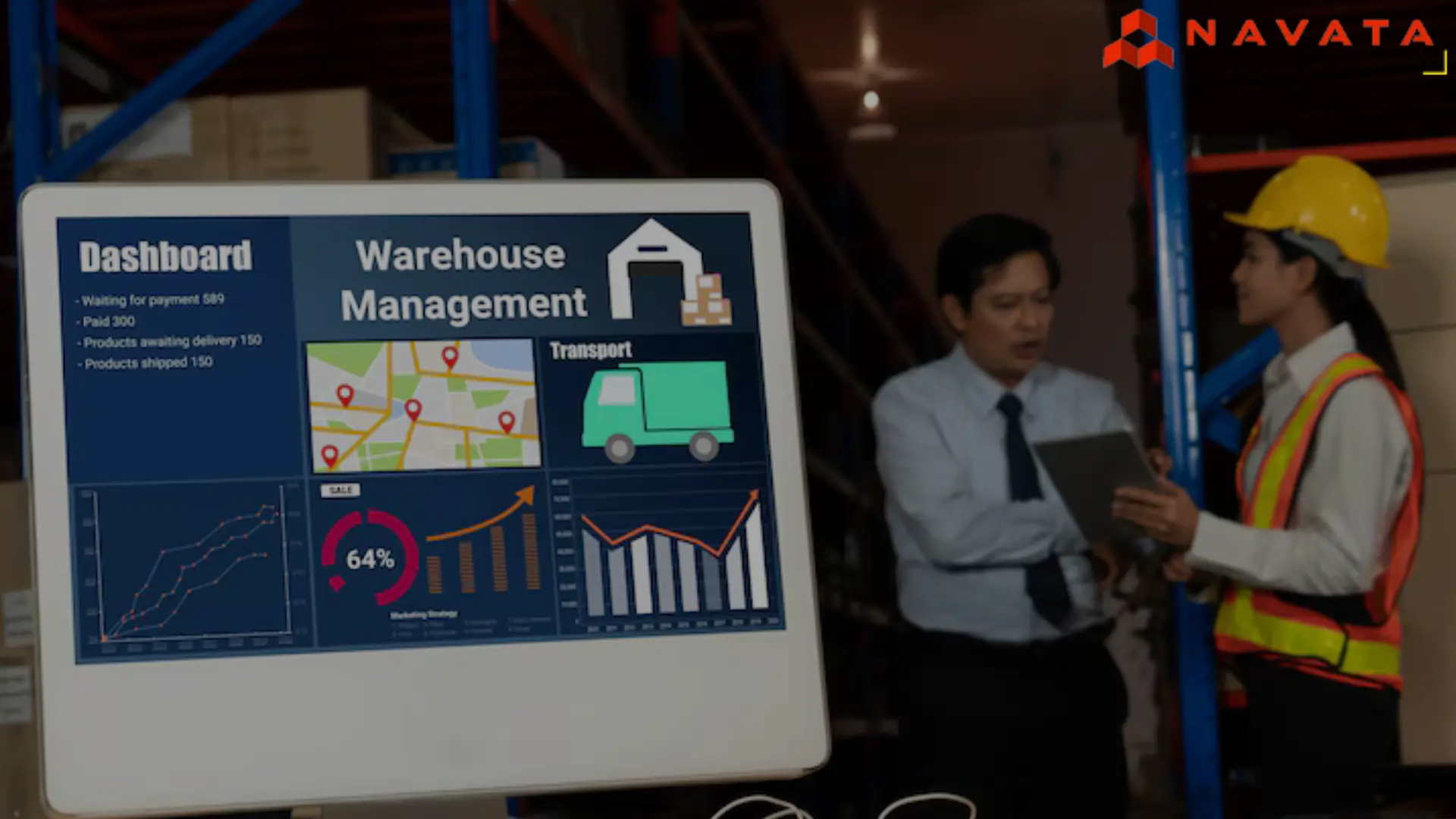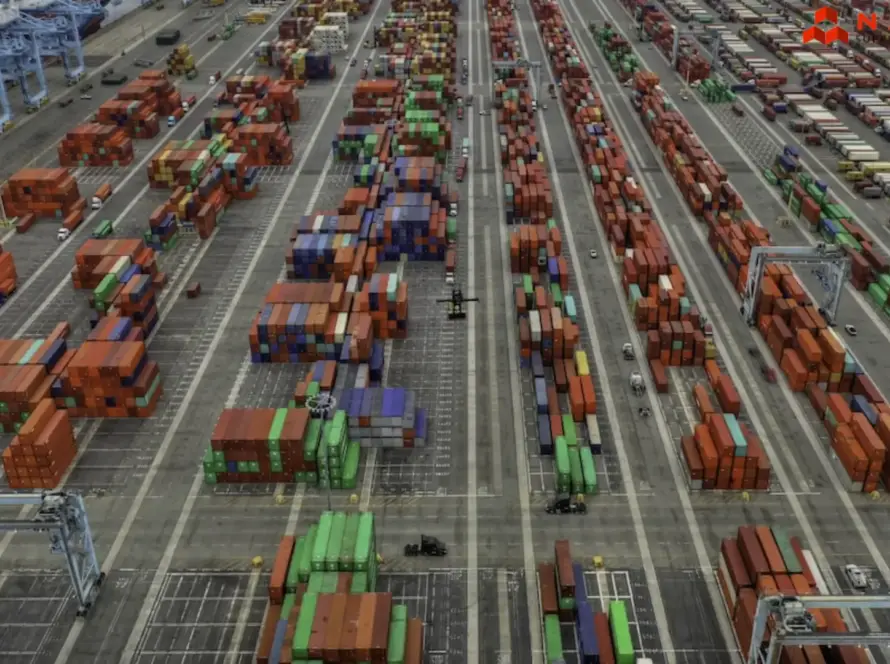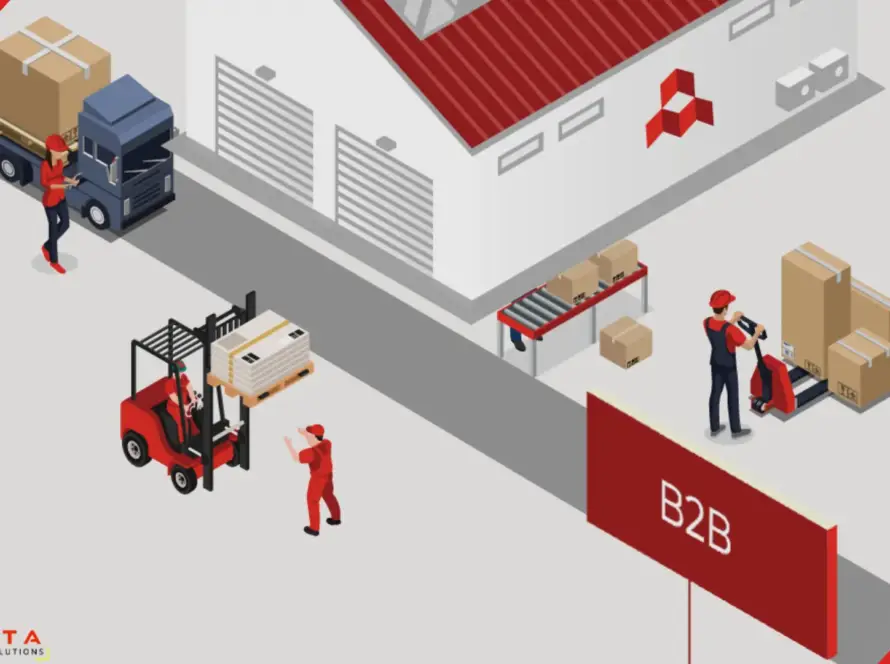3PL Trends to Watch in 2025
Third-Party Logistics (3PL) is evolving rapidly in 2025, driven by rising e-commerce expectations, sustainability pressures, automation, and global uncertainties. For logistics providers, staying ahead means more than just moving goods—it’s about being faster, greener, smarter, and more connected.
Here are seven 3PL trends that will reshape logistics in 2025 and beyond:

1. AI & Automation Transform Warehousing
Automation and AI are reshaping warehouse operations. What was once optional is now essential for staying competitive. These technologies bring speed, accuracy, and scalability to the forefront of logistics.
From intelligent robotics to predictive algorithms, warehouses are becoming smarter and more efficient every day.
- Robotics speed up sorting, picking, and packing
- AI predicts demand, avoids bottlenecks, and optimizes routes
- Autonomous vehicles and drones advance last-mile delivery
- Fewer errors and lower labor costs boost efficiency
- Operations scale faster to meet growing demands
💡 Did you know? India’s logistics robots market is projected to reach $2.05 billion by 2030.
You May Also Like to Read: What Are The Roles And Benefits of 3PL?
2. Smarter Efficiency Amid Rising Costs
Higher fuel prices, increasing labor costs, and tighter regulations are squeezing profit margins in the logistics industry. To stay profitable, 3PLs are focusing on smarter efficiency through:
• Adoption of fuel-efficient vehicles
• Implementation of optimized routing software
• Use of data analytics to monitor performance and cut waste
Additionally, they are scaling operations smartly and maintaining lean structures to minimize unnecessary expenses. These strategies help 3PLs reduce operational costs and boost long-term sustainability. Staying lean and efficient is now essential for surviving in a high-cost environment and maintaining profitability.
3. Sustainability: A New Business Priority
Sustainability is no longer optional—it’s a business necessity. With growing pressure from customers and governments for greener supply chains, companies must act. 3PLs and logistics providers are adopting eco-friendly practices such as:
- Investing in electric and low-emission fleets
- Using recyclable packaging materials
- Implementing paperless systems like Warehouse Management Systems (WMS)
These green initiatives go beyond corporate social responsibility (CSR); they’re crucial for staying competitive and ensuring long-term success. As sustainability becomes a core business driver, logistics providers must innovate to align with environmental expectations and build a future-ready supply chain.
📈 India’s green logistics market is set to touch ₹16 lakh crore by 2030.
You May Also Like to Read: Difference Between 3PL and 4PL
4. Omni channel Fulfillment Becomes Essential
In today’s retail landscape, customers shop across multiple channels—online, in-store, and everything in between. To meet these expectations, supply chains must be flexible and connected. 3PLs are enabling this shift through:
- Real-time integration between online and offline channels
- Urban micro-fulfillment centers for faster last-mile deliveries
- Order Management Systems (OMS) to centralize control and boost flexibility
Omni-channel fulfillment is no longer a competitive advantage; it’s the new standard. Logistics providers that can deliver seamless, unified shopping experiences across all touchpoints will be critical to driving retail success and customer satisfaction.
5. Cybersecurity Is Now Critical
As logistics operations grow more digital, cybersecurity risks are rising fast. The industry faces growing threats that can disrupt supply chains and compromise sensitive data. Key concerns include:
- A rise in ransomware and phishing attacks targeting 3PLs
- Threats spreading across integrated partners and vendor networks
- Increased investment in data encryption, firewalls, and compliance tools
With customer and delivery data at stake, protecting digital infrastructure is non-negotiable in 2025. 3PLs must prioritize cybersecurity to ensure operational resilience, build trust, and stay compliant in an increasingly connected logistics ecosystem.
6. Real-Time Visibility Builds Customer Trust
In today’s fast-paced world, customers demand real-time tracking and transparency. Logistics providers must offer more than just updates—they need to ensure trust through seamless visibility. This is achieved through:
- IoT sensors that monitor goods throughout transit
- Block chain technology for secure and transparent tracking
- Predictive analytics to anticipate and prevent delays
Visibility isn’t just about accessing data; it’s about creating a consistent, reliable delivery experience. In a market driven by instant gratification, 3PLs that prioritize real-time visibility will build stronger relationships and meet rising customer expectations.
7. Flexibility and Resilience Are Essential
In a world shaped by natural disasters, global conflicts, and economic uncertainty, resilience is no longer optional—it’s a strategic necessity. To stay ahead, logistics providers are focusing on:
- Diversifying suppliers and transportation routes
- Investing in scalable systems that adjust quickly
- Building global partnerships to navigate changing markets
3PLs must be agile enough to handle demand fluctuations and unexpected disruptions without losing efficiency. The ability to adapt rapidly ensures continuity, reduces risk, and strengthens customer confidence—making flexibility and resilience must-haves in modern supply chain strategy.

Conclusion
As we move through 2025, the third-party logistics industry is reaching a critical turning point. Success will favor companies that embrace automation, prioritize sustainability, and deliver faster, smarter, and more transparent services. Security and flexibility will be essential for building trust in a market defined by rapid change and high customer expectations.
In this evolving landscape, whether you’re a brand, retailer, or logistics provider, partnering with a forward-thinking, future-ready 3PL will be key to staying competitive and responsive in an increasingly demanding supply chain environment.
Thanks For Reading: 7 Game-Changing 3PL Trends to Watch in 2025
Powered By 360Presence

